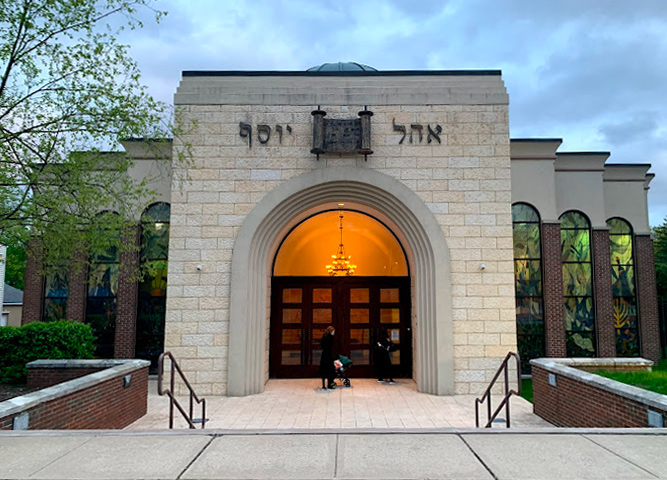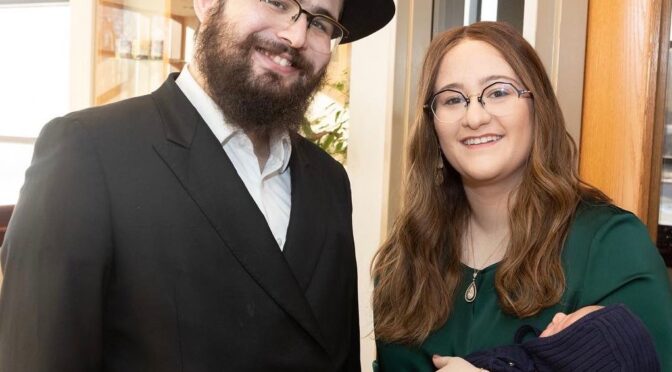December 28, 2022
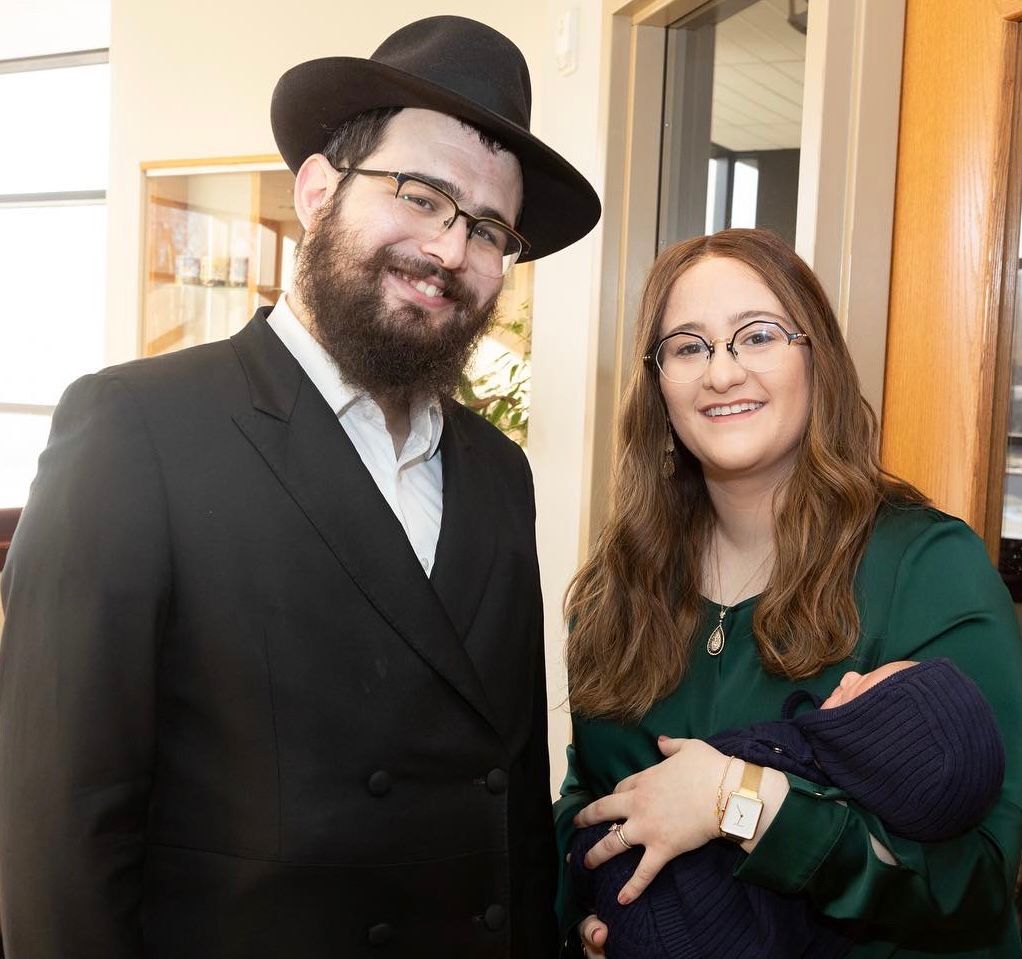
Rabbi Mendy and Rivky Hertzel will move to Zambia early next year to establish a Chabad House and assist the small but thriving Jewish community in the southern African nation. Zambia has not had a rabbi in over 60 years.
Rabbi Hertzel told JNS, “In February of this year, they tasked me to go to Zambia and investigate the possibility of establishing a permanent Chabad presence here. After a three-month stay, I saw firsthand that the country was a good fit for us to establish a Chabad House. So, I will be moving to Africa very soon and we are looking forward to this.”
Mendy is from the Golan Heights and his wife hails from Alaska. The newlywed couple will oversee operations in Zambia, joining the ranks of more than a hundred countries and territories where Chabad is active.
There are an estimated 100-150 Jews in the country of almost 20 million people. The Jewish community has diverse roots, including South African and Israeli ex-pats working in a variety of professions, and around 30-50 are Zambian citizens.
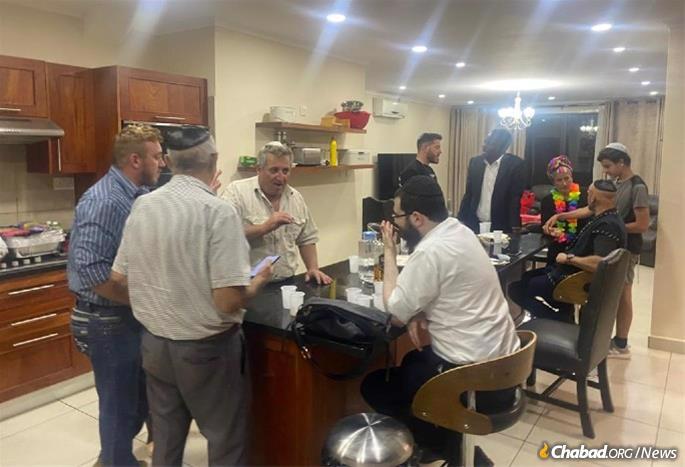
The first Jews to arrive in Zambia were Ashkenazim from Eastern Europe (mostly Lithuania) who migrated in the 19th century when it was a British colony. A few Sephardim also came, including the Katzenellenbogen family from Germany.
The main waves of migration came during the several diamond and gold rushes; other newcomers were pioneers in the cattle industry, copper mining and agriculture. Jewish merchants were active.
Some of the descendants of the early Jewish settlers still live in Zambia. The nation had its first Jewish wedding in 1905. During World War II, a few Holocaust survivors arrived, mostly from Germany and Lithuania fleeing Nazi persecution, seeking refuge in the furthest place they could reach.
The Jewish population peaked in the 1960s at around 2,000. However, the community dwindled as part of a larger white emigration. Many Zambian Jews moved to the United Kingdom, Australia or Israel.
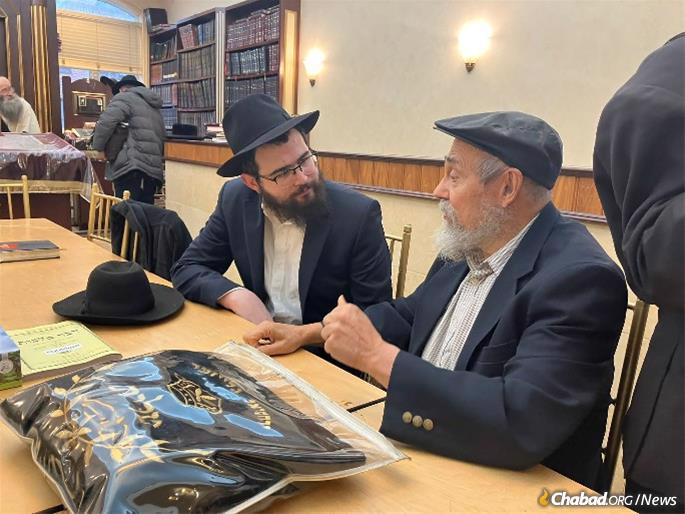
Lusaka, the capital and largest city, historically had the largest Jewish population. The second biggest community was in Livingstone, near Victoria Falls.
The community in Livingstone had around 200 Jewish members at its peak and had a distinct identity, maintaining closer ties with the Jews in Bulawayo (now in Zimbabwe) because it was nearer, back when Zambia and Zimbabwe were Northern Rhodesia and Southern Rhodesia, respectively, under British rule (1911-64).
A synagogue built in Livingstone in the 1920s is now a church. A Star of David over the main entrance still remains visible, attesting to the historic Jewish presence.
